
A solar deity (also sun god/dess) is a sky deity who represents the Sun, or an aspect of it, usually by its perceived power and strength. Solar deities and sun worship can be found throughout most of recorded history in various forms. Hence, many beliefs have formed around this worship, such as the “missing sun” found in many cultures.
In different religions solar supreme deities carry different names and are associated with different aspects of the cultural universe of the society, but for the most part its raw image remains identical.
The Neolithic concept of a solar barge, the sun as traversing the sky in a boat, is found in the later myths of ancient Egypt, with Ra and Horus. Earlier Egyptian myths imply that the sun is within the lioness, Sekhmet, at night and can be seen reflected in her eyes or that it is within the cow, Hathor during the night, being reborn each morning as her son (bull). Proto-Indo-European religion has a solar chariot, the sun as traversing the sky in a chariot.
Clark Kent (aka. Superman, aka. Jesus, aka. HORUS (Ancient Egyptian Sun God)). His solar attributes are symbolized by being engulfed in flames
– Man of Steel (2013)
Ancient Egyptian Sun Worship
The winged sun was an ancient (3rd millennium BC) symbol of Horus, later identified with Ra
Sun worship was exceptionally prevalent in ancient Egyptian religion. The earliest deities associated with the sun are all goddesses: Wadjet, Sekhmet, Hathor, Nut, Bast, Bat, and Menhit. First Hathor, and then Isis, give birth to and nurse Horus and Ra. Hathor the horned-cow is one of the 12 daughters of Ra, gifted with joy and is a wet-nurse to Horus.
The Sun’s movement across the sky represents a struggle between the Pharaoh’s soul and an avatar of Osiris. Ra travels across the sky in his solar-boat; at dawn he drives away the demon Apep of darkness. The “solarisation” of several local gods (Hnum-Re, Min-Re, Amon-Re) reaches its peak in the period of the fifth dynasty.
Rituals to the god Amun who became identified with the sun god Ra were often carried out on the top of temple pylons. A Pylon mirrored the hieroglyph for ‘horizon’ or akhet, which was a depiction of two hills “between which the sun rose and set”, associated with recreation and rebirth. On the first Pylon of the temple of Isis at Philae, the pharaoh is shown slaying his enemies in the presence of Isis, Horus and Hathor. In the eighteenth dynasty, Akhenaten changed the polytheistic religion of Egypt to a monotheistic one, Atenism of the solar-disk and is the first recorded state monotheism. All other deities were replaced by the Aten, including Amun-Ra, the reigning sun god of Akhenaten’s own region. Unlike other deities, the Aten did not have multiple forms. His only image was a disk—a symbol of the sun.
Soon after Akhenaten’s death, worship of the traditional deities was reestablished by the religious leaders (Ay the High-Priest of Amen-Ra, mentor of Tutankhaten/Tutankhamen) who had adopted the Aten during the reign of Akhenaten.
Tony Stark/Iron Man (who represents HORUS, Egyptian Sun God) stands upon a symbolic sun design
– Iron Man (2008)
Female and Male
Among modern English speakers, solar deities are popularly thought of as male counterparts of the lunar deity (usually female); however, sun goddesses are found on every continent (e.g. Amaterasu in Japanese belief) paired with male lunar deities. Among the earliest records of human beliefs, the early goddesses of the Egyptian pantheon carried a sun above their head as a symbol of dignity (as daughters of Ra). The sun was a major aspect of Egyptian symbols and hieroglyphs, all the lunar deities of that pantheon were male deities. The cobra (of Pharaoh Son of Ra), the lioness (daughter of Ra), the cow (daughter of Ra), the dominant symbols of the most ancient Egyptian deities, carried their relationship to the sun atop their heads; they were female and their cults remained active throughout the history of the culture. Later a sun god (Aten) was established in the eighteenth dynasty on top of the other solar deities, before the “aberration” was stamped out and the old pantheon re-established. When male deities became associated with the sun in that culture, they began as the offspring of a mother (except Ra, King of the Gods who gave birth to himself).
Missing Sun
Neo (HORUS, Sun God) battles Agent Smith (APEP, God of Darkness) in the Duat/Underworld,
symbolized by the Underground Subway Station
– The Matrix (1999)The missing sun is a theme in the myths of many cultures, sometimes including the themes of imprisonment, exile, or death. The missing sun is often used to explain various natural phenomena, including the disappearance of the sun at night, shorter days during the winter, and solar eclipses.
In late Egyptian mythology, Ra passes through the Duat (the underworld) every night. Apep has to be defeated in the darkness hours for Ra and his solar barge to emerge in the east each morning.
PRIMARY ANCIENT EGYPTIAN SOLAR DEITIES
Learn more about the primary solar deities of Ancient Egypt:
FURTHER READING

2010’s
2013
2012
2011
2010
2000’s
2009
2008
2007
2006
2005
2004
2003
2002
2001
2000
1990’s
1999
1998
1997
1995
1994
1993
1992
1991
1990
1980’s
1989
1988
1987
1986
1985
1984
1983
1982
1981
1980
1970’s
1979
1977
1975
1971
1960’s
1968
1930’s
1939
1920’s
1927
1922
1900’s
1902
First Published: Jan 11, 2012 – Last Updated: May 19, 2014










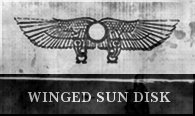



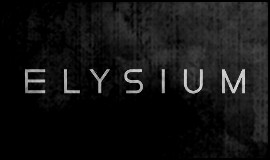
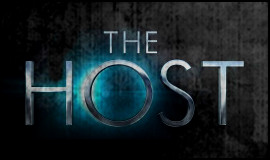

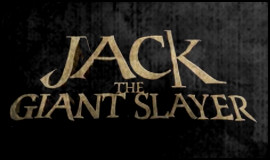

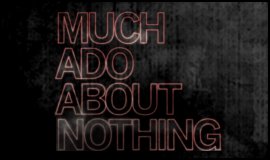

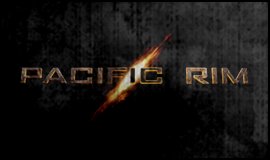











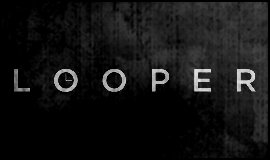



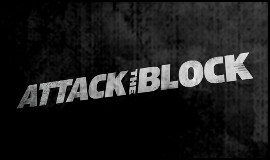


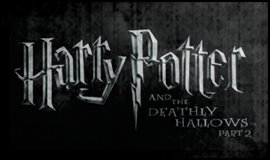













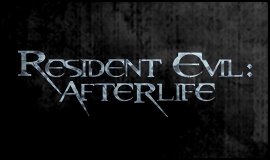
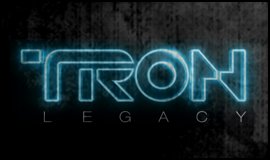



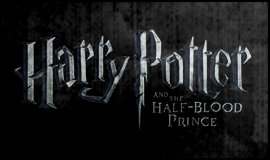










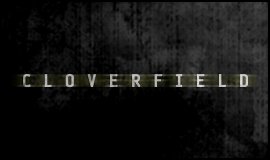






















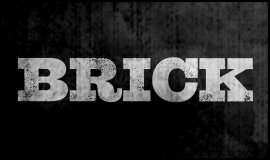


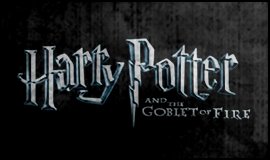


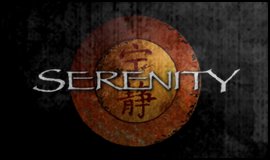

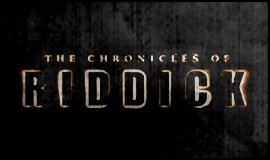


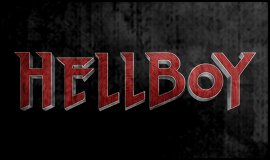





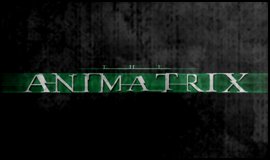



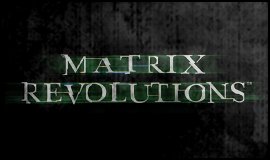









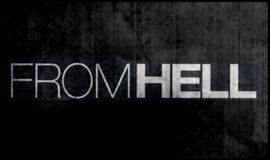



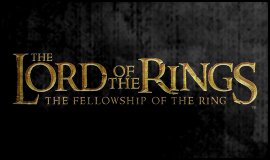
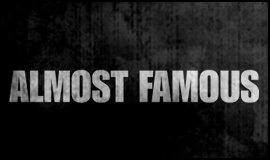
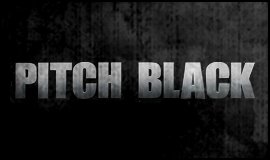
















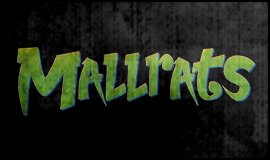
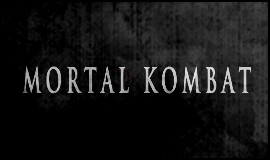


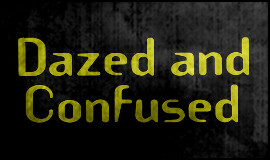





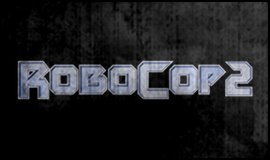








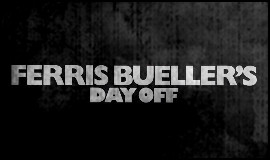
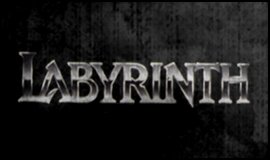
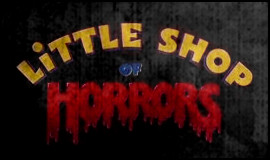

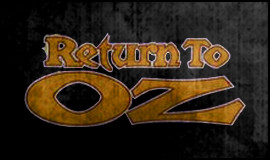

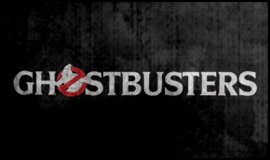





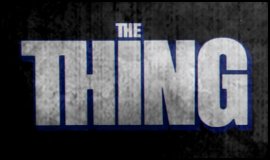


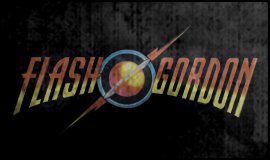
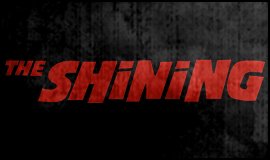












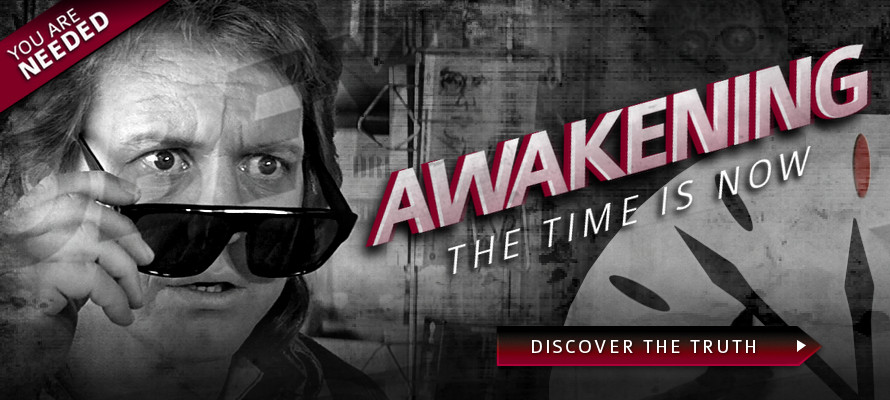
You must be logged in to post a comment.